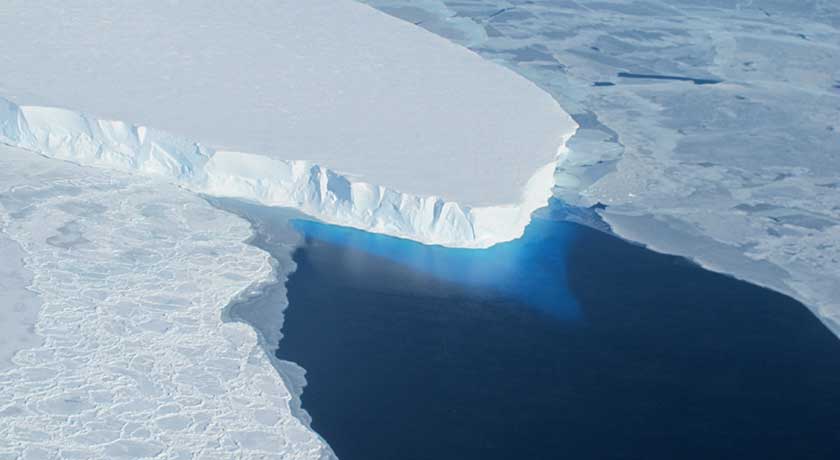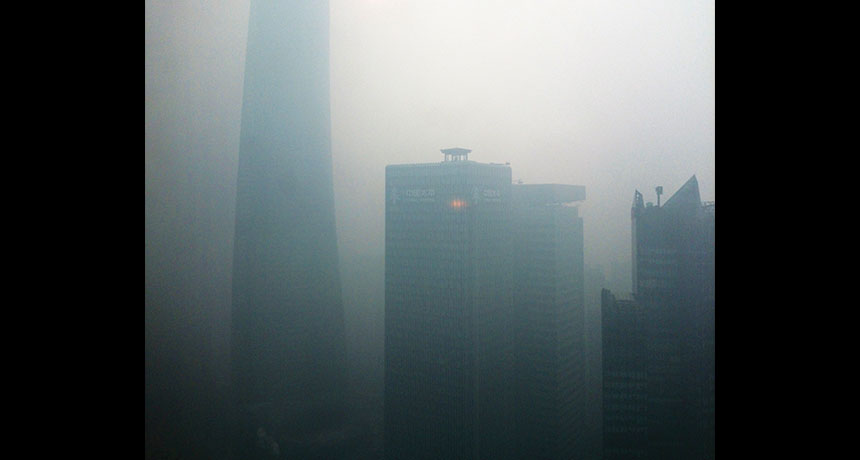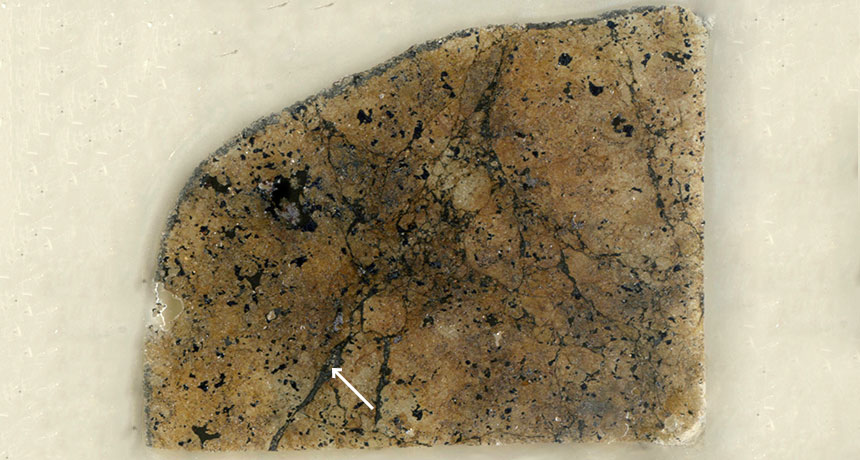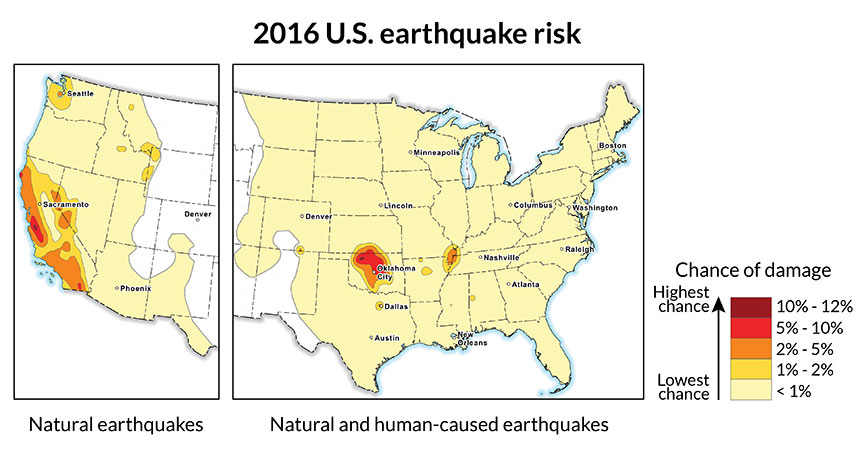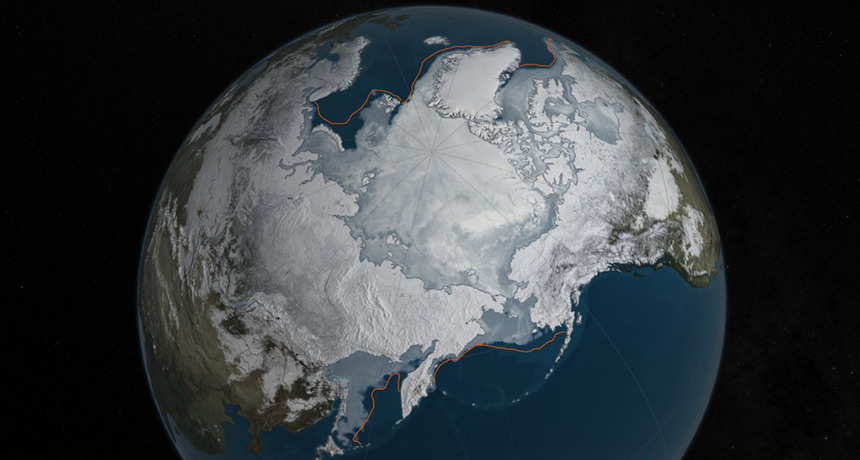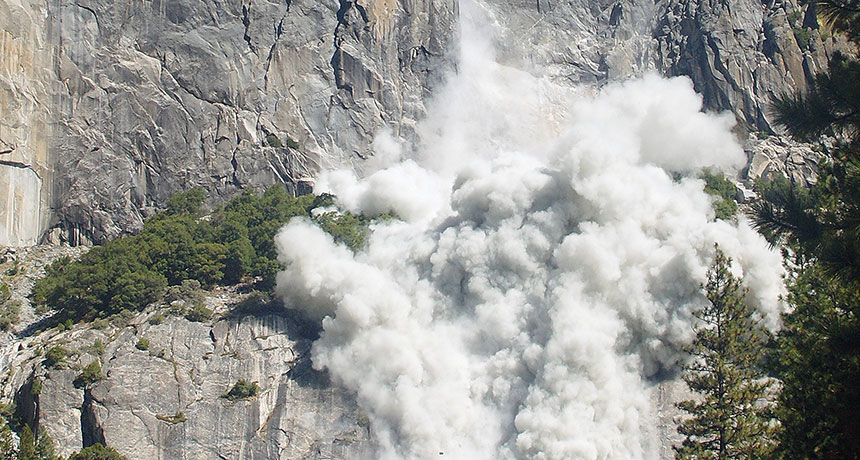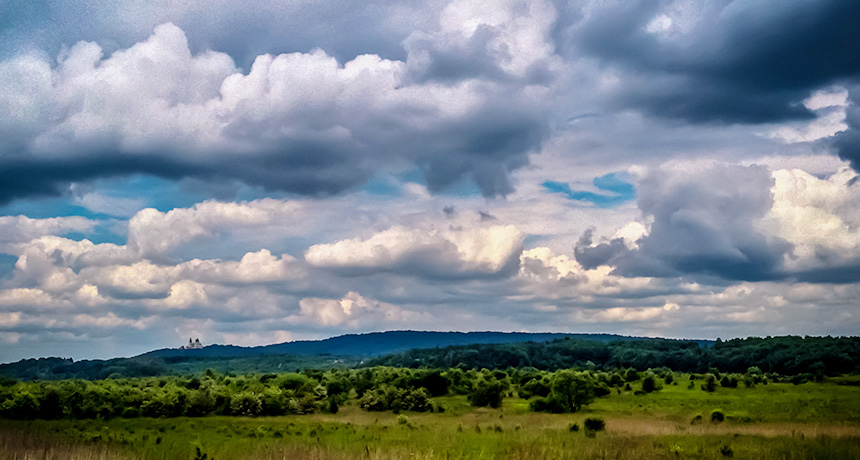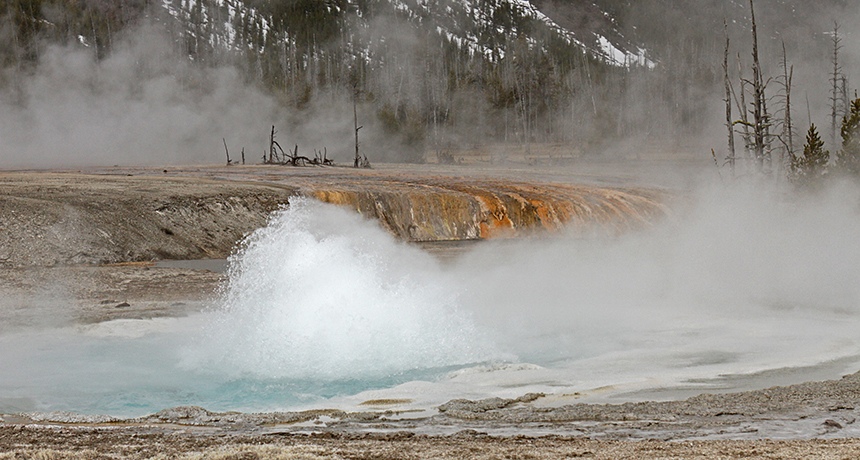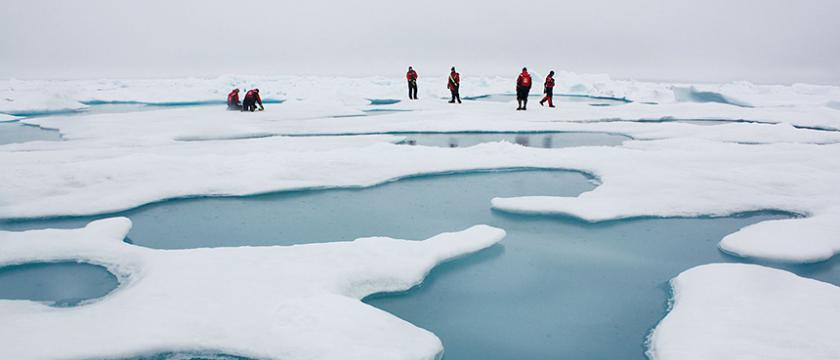
Changing climate: 10 years after An Inconvenient Truth
Science News, April 2016More than 25 years before the star-studded Los Angeles premiere of An Inconvenient Truth, glaciologist Lonnie Thompson was about as far away from the red carpet as possible. It was 1978, and high in the rugged Andes, Thompson and fellow scientists were witnessing the first glimpses of a pending worldwide disaster. Rising temperatures were melting ancient titans of ice and snow. Mammoth glaciers were disappearing at unprecedented rates and withering to the smallest sizes in millennia. The delicate balance of Earth’s climate was upset.
A feature story on a decade of climate discoveries since Al Gore's An Inconvenient Truth. Published in print edition as well as a special online package. Cover story of issue.
